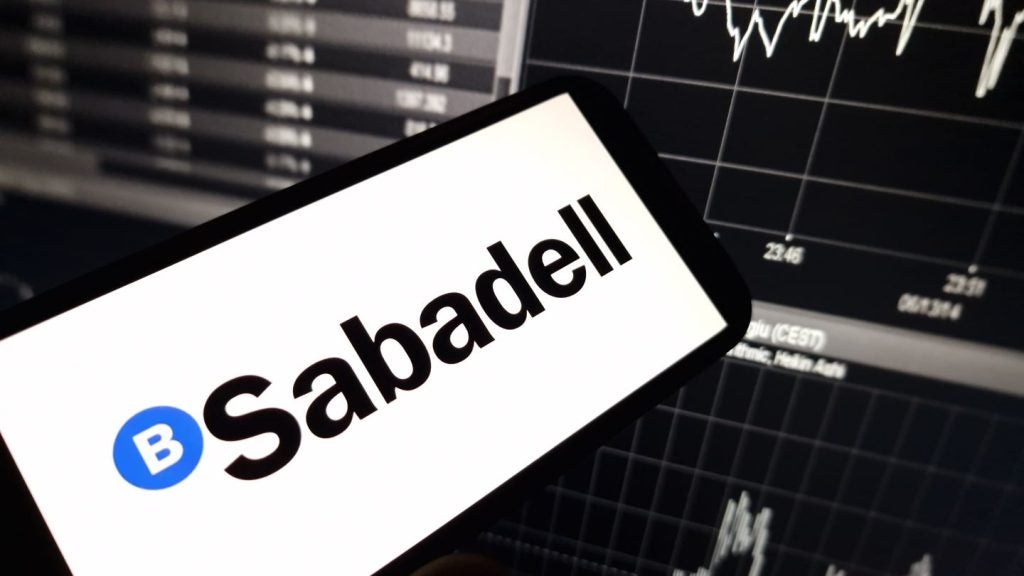The current coronavirus crisis is forcing many industries to adapt and change at breakneck speeds. In an effort to reduce physical interaction as much as possible, the UK limit on contactless payments will be raised from the current £30 per transaction up to £45, effective from April 1. The speed at which this feature has materialised is even more impressive when considering the fact that the initial £30 limit had taken two years to implement.
The UK is not the only country raising the contactless limit. In an effort to contain the spread of COVID-19 as much as possible, Ireland is also raising the limit from €30 per transaction to €50, while Estonia and Poland have also permanently increased their transaction limits.
Other EU countries, such as the Netherlands and Greece, are also raising their contactless limits, albeit only temporarily for the time being. Thus, COVID-19 is accelerating the shift towards cashlessness, a trend that we have started seeing globally during the past decade.
Crises come and go, but the innovations that are forced into existence during these times usually have a tendency to remain. Therefore, it is only a question of when rather than if the limit for contactless will be removed entirely and we will have other confirmation methods for security reasons. This security concern would be the only potential setback that the measure could see in the near future, as limits were initially set in order to mitigate the risk of a stolen card. However, solutions to these concerns already exist, such as biometric authentication and various confirmations of payment methods.

US Tariffs are shifting - will you react or anticipate?
Don’t let policy changes catch you off guard. Stay proactive with real-time data and expert analysis.
By GlobalData







